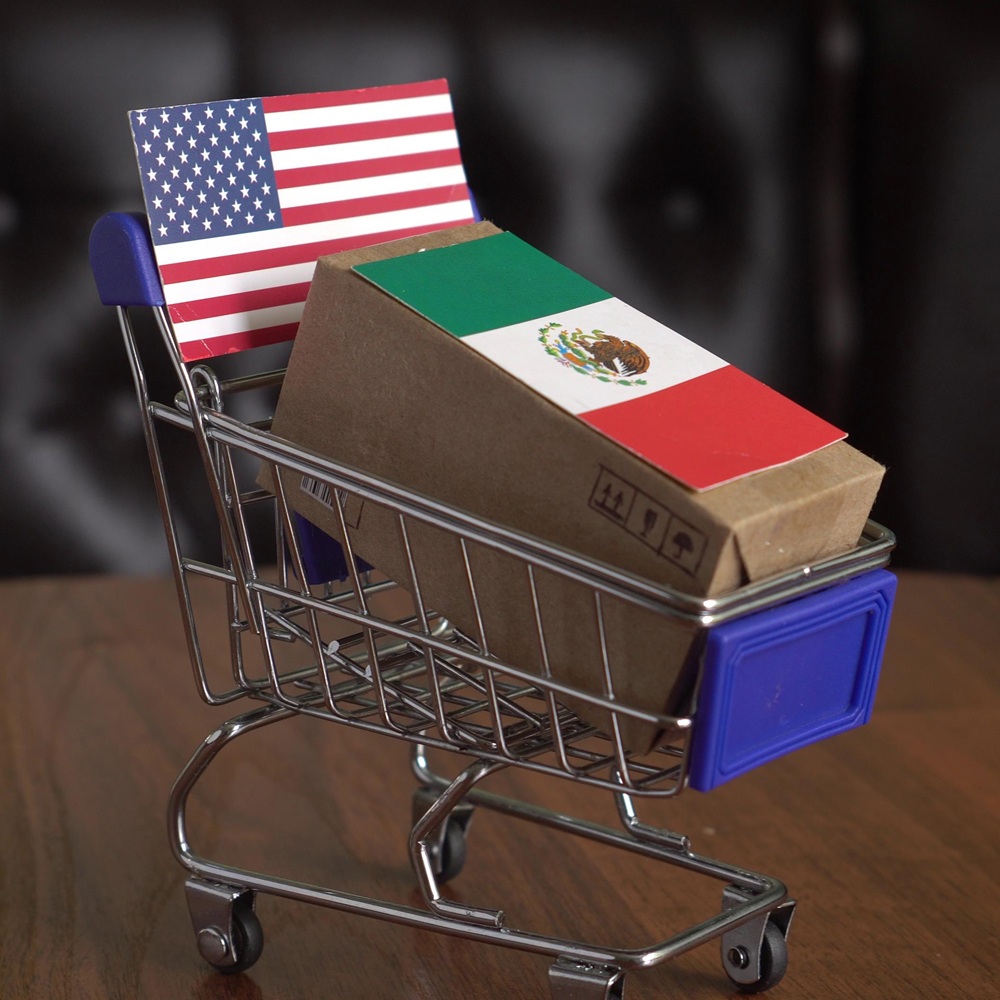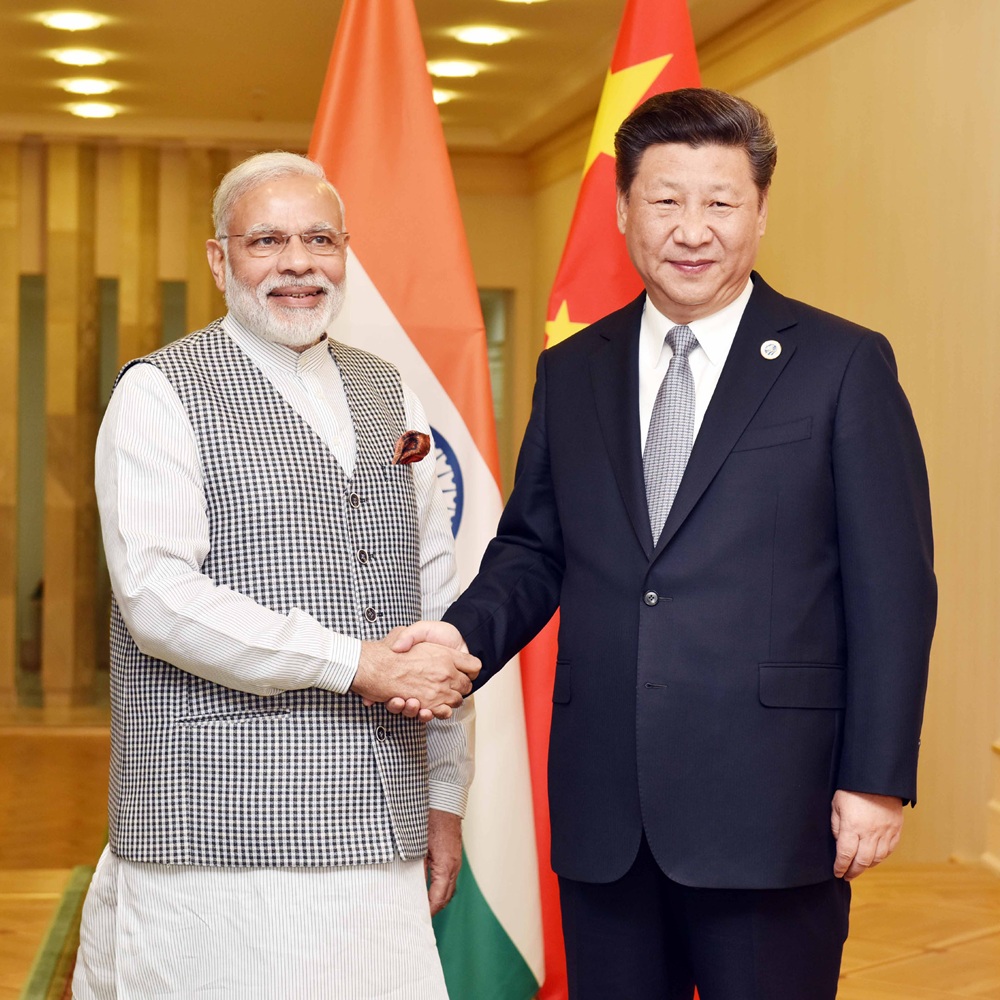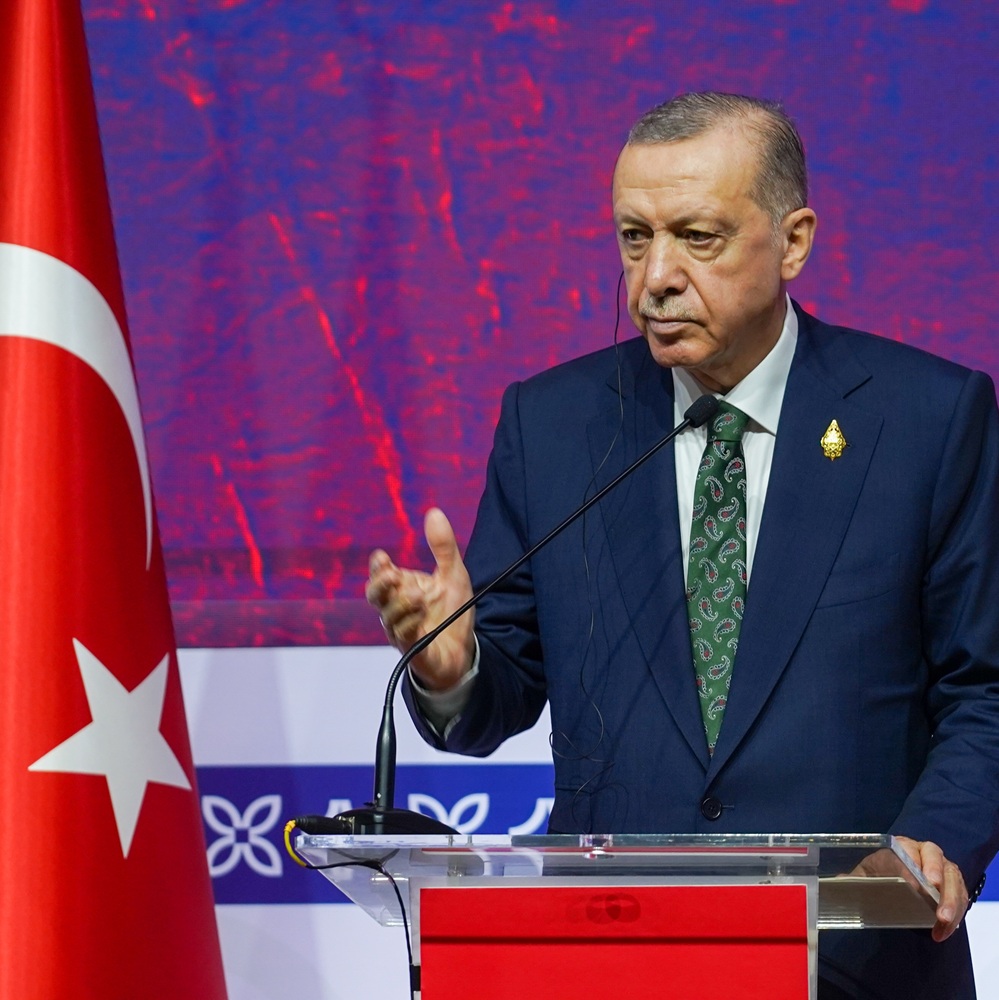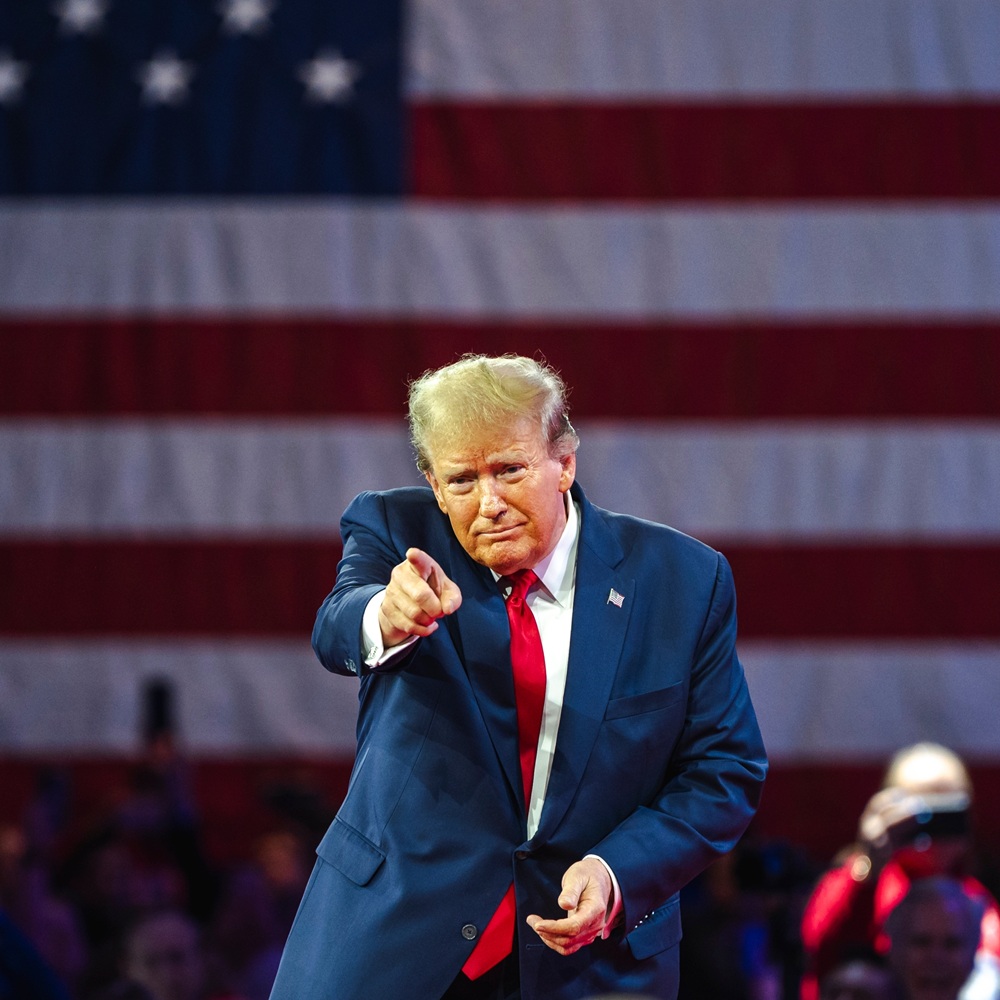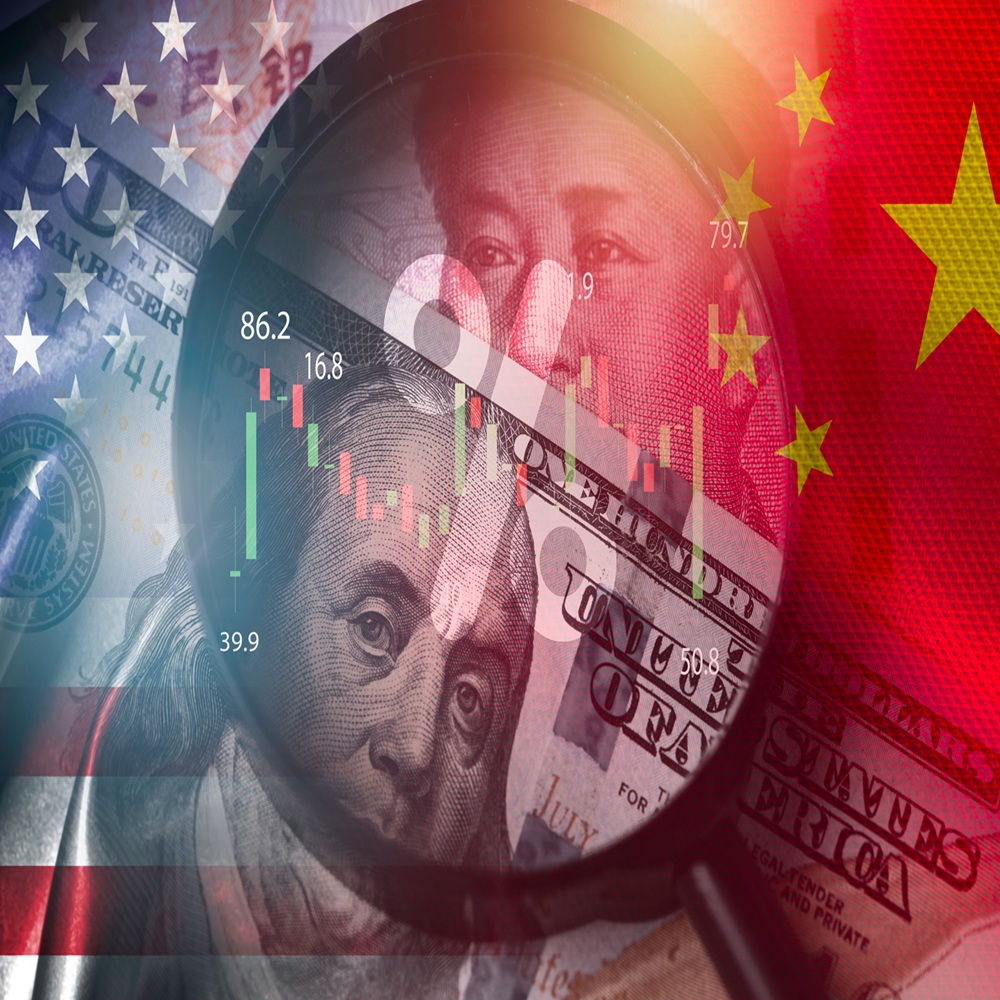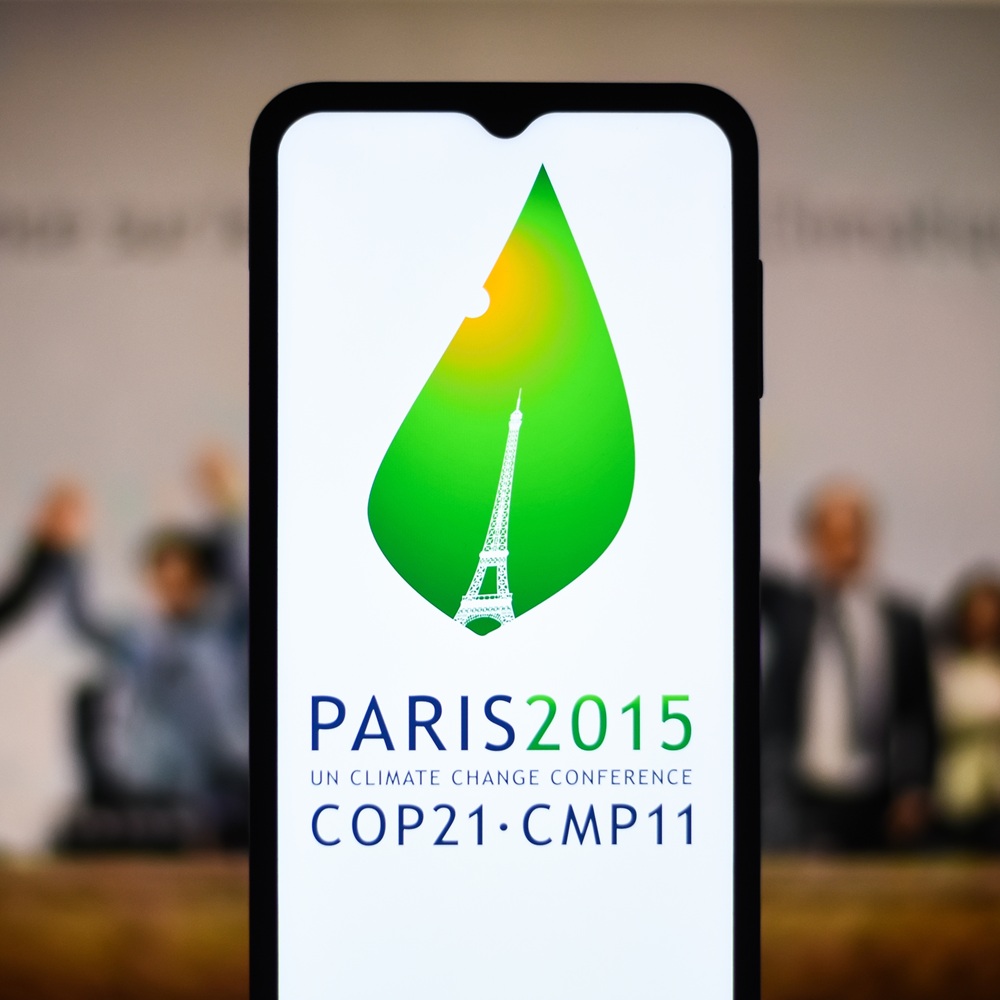
Ten Years After the Paris Agreement: The Tragedy of the Overshoot Generation
by Marcelo de Araujo , Pedro Fior Mota de Andrade
한국어로 읽기 Leer en español In Deutsch lesen Gap اقرأ بالعربية Lire en français Читать на русском The Paris Agreement will be ten years old in 2025. It is a good opportunity, then, to reassess the feasibility of its long-term goals and understand what they mean for the current and for the next generations. In a very optimistic scenario, if the goals of the Paris Agreement are achieved, the climate crisis will have been solved by the end of the 21st century. In the meantime, though, the crisis will worsen, as temperature overshoot is very likely to occur by the middle of the century. During the overshoot period, our planet’s average temperature exceeds 1.5°C above pre-industrial levels, which is the threshold proposed by the Paris Agreement. At the end of the overshoot period, which could last from one to several decades, the temperature will begin to fall until it eventually stabilises at 1.5°C at the turn of the century (IPCC 2023, 1810). Expectedly, the success of the Paris Agreement would greatly benefit the “post-overshoot generation”, namely the generation that will live in the first half of the 22nd century. But to ensure the success of the Paris Agreement, the generation that will live in the overshoot period – the “overshoot generation” – will have to remove an enormous amount of GHG (Greenhouse Gases) from the atmosphere. For now, though, it is unclear whether CCS (Carbon Capture and Storage) technologies will be available at a scale that might enable the overshoot generation to achieve the long-term goals of the Paris Agreement. To aggravate the problem, the overshoot generation will also probably have to rely on as-yet untested geoengineering technologies to promote their own survival. As we can see, conflicting interests of three different generations are at stake here, namely: (1) the interests of the current generation, (2) those of the overshoot generation, and (3) the interests of the post-overshoot generation. Given the unequal distribution of power across generations (Gardiner 2011, 36), it is likely that the current generation will tend to further their own interest to the detriment of the overshoot generation, even if, in the end, the climate policies enforced by the current generation do indeed fulfil the interests of the post-overshoot generation. The best possible world is one in which the goals of the Paris Agreement are achieved. Yet, depending on the choices that we make today, the best possible world could also mean the worst possible world that human beings will ever have met on our planet. That will be the fate of the overshoot generation, squeezed between the self-serving policies of the current generation and the climate hopes of the post-overshoot generation. The implications for international relations are momentous, as we intend to show in this article. Possible pathways The Paris Agreement did not establish a concrete deadline for the achievement of the goals set out in Article 2, namely: Maintain the increase in the global average temperature well below 2°C above pre-industrial levels, and make efforts to limit this temperature increase to 1.5°C above pre-industrial levels, recognising that this would significantly reduce the risks and impacts of climate change. The scientific community generally understands that the Paris Agreement aims at climate stabilization at the end of the 21st century. There are two main reasons for this. The first is a constraint imposed by our planet’s climate system. The second is a constraint imposed by agreed upon principles of justice. As for the first reason, we have to bear in mind that an immediate reduction of GHG emissions would not be followed by an immediate decline of global temperature (Dessler 2016, 91). Even if all countries decided to eliminate their respective emissions today, the global temperature would continue to rise for several decades, until it begins to recede and stabilises at the turn of the century. As for the second reason, the Paris Agreement assumed that developing countries could not immediately reduce their own emissions without compromising their own development and the prospect of eradicating poverty. Thus, the Paris Agreement also established in Article 4 that each country could continue to emit GHG until their respective emissions peaked as soon as possible. After peaking, emissions should be rapidly reduced. Thus, the attempt to achieve the goals set out in Article 2 well before the end of the 21st century might turn out to prove inconsistent with the reality of our planet’s climate system and unfair towards developing countries. The problem, however, is that the Paris Agreement did not establish a specific pathway for the achievement of its long-term goals (Figure 1). There is, indeed, a multitude of pathways, but many (if not most) of them involve an overshoot period (Geden and Löschel 2017, 881; Schleussner et al. 2016). And as there are “different interpretations for limiting global warming to 1.5°C”, there emerges the question, then, as to which interpretation could do justice to the conflicting claims of the three different generations considered as a whole, namely the claims of the current generation, those of the overshoot generation, and the claims of the post-overshoot generation (Figure 2). There has been much discussion now on the concept of a “just transition”. But this debate has focused entirely on the claims that the members of the current generation can raise against each other, and not on claims that could be raised – or presumed – across the three generations referred to above. The IPCC (Intergovernmental Panel on Climate Change) Glossary from 2023, for instance, contains a specific entry on this topic: “Just transitions. A set of principles, processes and practices that aim to ensure that no people, workers, places, sectors, countries or regions are left behind in the transition from a high-carbon to a low carbon economy” (IPCC 2023, 1806). The IPCC entry ends with some considerations regarding past generations: “Just transitions may embody the redressing of past harms and perceived injustices”. Interestingly, though, the entry says nothing about the normative implications of a just transition for future generations. A 2023 United Nations document defines the concept of just transition along similar lines (United Nations Economic and Social Council 2023, 3, 12–13). But, again, it understands “just transition” in terms of claims that stakeholders within the current generation, whether at national or international level, can raise against each other. As for the international level, the United Nations document makes the following statement concerning the concept of just transition as applied to international relations: “As countries pick up the pace of their climate change mitigation strategies, it is critical that developed countries do not transfer the burden of the transition onto developing countries” (United Nations Economic and Social Council 2023, 8). The problem, however, is that, as a matter of justice, it is equally critical that the current generation does not transfer the burden of the transition onto the overshoot generation, even if that burden, in the end, turns out to benefit the post-overshoot generation. Such an unequal distribution of burdens across three generations would certainly conflict with the requirements of intergenerational justice (Moellendorf 2022, 161–70; Meyer 2021). Overshoot generation and retroactive mitigation One might perhaps argue that no extra burden is being imposed on the overshoot generation, for the current generation is already having to face challenges that the overshoot generation, supposedly, will not have to face. The overshoot generation, one might suggest, will inherit from the current generation all the benefits resulting from the energy transition, but without having to bear the costs that the transition imposes on the current generation. The idea here is that by the middle of this century global emissions will have already peaked and will be declining at an accelerated pace, towards stabilisation at 1.5°C above the pre-industrial level at the end of this century. Thus, the overshoot generation can arguably reap the benefits of green energy, as long as the current generation remains free, at least for the time being, to emit GHG further, which is necessary to finance the human and technological development that the overshoot generation will need later. This claim, however, overlooks a crucial fact about the climate crisis – a fact that has not been given due attention in the public debate on climate policies. In a very optimistic scenario, the overshoot generation will not have the burden of reducing their own emissions because they will be able to rely on carbon-free energy. The problem, however, is that the overshoot generation will still have to retroactively mitigate the emissions of previous generations – including, of course, the emissions of the current generation. We call this process “retroactive mitigation”, for what is at stake here is not reduction and phasing out of one’s own emissions, but the removal of massive amounts of GHG, which previous generations failed to mitigate in the past. In a 2014 report, the IPCC realised that simply reducing GHG emissions would no longer be enough to preclude irreversible climate change. Removal of GHG would also be necessary (IPCC 2014, 12). The IPCC called attention to yet another problem: it was unclear whether CCS (Carbon Capture and Storage) technologies, including DAC (Direct Air Capture), could be deployed on a global scale in time to avoid a climate disaster. In a 2018 report, the IPCC was even less confident about the future development and scaling-up of CCS technologies (IPCC 2018, 136). To make matters worse, two further factors must be taken into consideration. (1) Recent studies show that there are practically no pathways left for the achievement of the Paris Agreement goals without the massive deployment of CCS (Smith et al. 2023). And (2) it has become increasingly probable that the overshoot generation will also have to deploy geoengineering technologies to cope with ever more frequent heatwaves (Moellendorf 2022, 161–70). It could perhaps be argued that afforestation and preservation of existing forests could be used instead of CCS technologies. However, the amount of land and water that would be necessary for the creation of new forests is probably larger than the amount of land and water available. Moreover, the attempt to create new forests on such a large scale might compromise the water and food security that the overshoot generation will need to promote their own climate adaptation (Shue 2017, 205). It is also necessary to take into account the amount of time new forests need to grow, not to mention the risk of fire. In this case, forests stop absorbing GHG and become GHG emitters themselves (Gatti et al. 2021). Implications for international relations In the aftermath of the Second World War, human being’s capacity to trigger catastrophic events at a global scale became increasingly apparent. As Garrett Hardin aptly put the problem in 1974: “No generation has viewed the problem of the survival of the human species as seriously as we have” (Hardin 1974b, 561). But while even realist thinkers such as Hans Morgenthau and John Herz argued for international cooperation in the face of global threats, Hardin himself advanced what he called the “lifeboat ethics”. According to Hardin, instead of engaging in international cooperation, richer states should behave like lifeboats and resist the temptation to help individuals from poorer states to cope with environmental disasters or famines. This, he argued, might undermine richer states’ capacity to secure their own survival (Hardin 1974a; 1974b). In his The Limits of Altruism: An Ecologist’s View of Survival from 1977, Hardin resumes his criticism of international cooperation to alleviate the plight of poorer states: We will do little good in the international sphere until we recognize that the greatest need of a poor country is not material: call it psychological, moral, spiritual, or what you will. The basic issue is starkly raised in a story of personal heroism that unfolded in South America a few years ago (Hardin 1977, 64). Hardin goes on to recall the 1972 Andes plane crash, turned into a feature film in 2023. Hardin suggests that the passengers who had survived the crash would not have taken the initiative to save their own lives had they not heard on the radio that the search efforts to rescue them had been called off. Hardin’s conclusion is this: “This true story, I submit, bears a close resemblance to the moral situation of poor countries. The greatest gift we can give them is the knowledge that they are on their own” (Hardin 1977, 65). Hardin, of course, does not take into consideration the extent to which richer states themselves may be responsible for the plight of poorer states. Hardin’s self-help approach to international relations is in line with political realism. But when major realist thinkers themselves addressed the question of human survival, around the same time Hardin advocated his lifeboat ethics, they came to entirely different conclusions. Authors such as Morgenthau and Herz realized that nation-states had become unable to protect their own citizens in the face of global catastrophes triggered by the depletion of the environment or the outbreak of a nuclear war. As Morgenthau put the problem in 1966: “No nation state is capable of protecting its citizens and their way of life against an all-out atomic attack. Its safety rests solely in preventing such an attack from taking place” (Morgenthau 1966, 9). In a 1976 article on the emergence of the atomic age, Herz made a similar point: “Nuclear penetrability had rendered the traditional nation-state obsolete because it could no longer fulfill its primary function, that of protection” (Herz 1976a, 101). Both Morgenthau and Herz argued for international cooperation – or perhaps even the dissolution of the system of states (Morgenthau 1978, 539) – as the better strategy to avert global catastrophic risks (Herz 1976a, 110; 1976b, 47). Herz later also theorized about the concept of “ecological threat” and argued for the development of a new interdisciplinary field, which he aptly named “survival studies” (Herz 2003; Seidel 2003; Laszlo and Seidel 2006, 2–3; Graham 2008; Stevens 2020). During the overshoot period, as heatwaves and other climate-related extreme events become more severe and frequent, people in poorer countries are likely to suffer the most. Mass migrations are likely to occur on an unprecedented scale (Vince 2022). Given the current popularity of anti-migration measures both in the United States and Europe, it is imaginable, then, that the lifeboat ethics will strike a chord with future conservative governments. That would be an error, for the assumption that governments will be protecting their own citizens by way of making their borders impenetrable to climate migrants is misleading. The “ecological threat” cannot be held back by higher walls. Lifeboat ethics will make everyone worse-off. Back in the 1960s, Martin Luther King may not have had climate change or mass migration in mind, but his words strike us as even more poignant now: “We may have all come on different ships, but we’re in the same boat now” (as quoted by former American President Barack Obama). There is only one boat, carrying three generations of hopeful passengers with equal legitimate claims to a better climate. It is a long journey. Let us not allow our only boat to go down. Final remarks The scenario in which the overshoot generation will have to live is not an encouraging one, but it is even less inhospitable than the scenario that the post-overshoot generation will have to face if the goals of the Paris Agreement are not met. It is up to the current generation to make sure that the overshoot period is as short as possible, and that the overshoot generation will not only be in a position to adapt to unprecedented climate scenarios in the history of human civilization, but also fulfil hopes of the post-overshoot generation. Figures Figure 1: Pathways compatible with the goals of the Paris Agreement (IPCC 2018, 62). FIGURE01 Figure 2: Pathways that would limit global warming to 1.5°C (IPCC 2018, 160). Acknowledgements Marcelo de Araujo thanks Prof. Darrel Moellendorf for the invitation and the Alexander-von-Humboldt Foundation for the financial support. Support for this research has also been provided by the CNPq (The National Council for Scientific and Technological Development) and FAPERJ (Carlos Chagas Filho Research Support Foundation). An earlier draft of this article was presented at the University of Graz, Austria, Section for Moral and Political Philosophy, in 2024, with thanks to Prof. Lukas Meyer for the invitation. Pedro Fior Mota de Andrade benefited from financial supported provided by CNPq (National Council for Scientific and Technological Development). References Dessler, Andrew Emory. 2016. Introduction to Modern Climate Change. Second edition. New York, NY, USA: Cambridge University Press. Gardiner, Stephen. 2011. A Perfect Moral Storm: The Ethical Tragedy of Climate Change. Oxford: Oxford University Press. Gatti, Luciana V., Luana S. Basso, John B. Miller, Manuel Gloor, Lucas Gatti Domingues, Henrique L. G. Cassol, Graciela Tejada, et al. 2021. ‘Amazonia as a Carbon Source Linked to Deforestation and Climate Change’. Nature 595 (7867): 388–93. https://doi.org/10.1038/s41586-021-03629-6. Geden, Oliver, and Andreas Löschel. 2017. ‘Define Limits for Temperature Overshoot Targets’. Nature Geoscience 10 (12): 881–82. https://doi.org/10.1038/s41561-017-0026-z. Graham, Kennedy. 2008. ‘“Survival Research” and the “Planetary Interest”: Carrying Forward the Thoughts of John Herz’. International Relations 22 (4): 457–72. https://doi.org/10.1177/0047117808097311. Hardin, Garrett James. 1974a. ‘Lifeboat Ethics: The Case against Helping the Poor’ 8 (September):38–43. ———. 1974b. ‘Living on a Lifeboat’. BioScience 24 (10): 561–68. ———. 1977. The Limits of Altruism: An Ecologist’s View of Survival. Bloomington: Indiana University Press. Herz, John. 1976a. ‘Technology, Ethics, and International Relations’. Social Research 43 (1): 98–113. ———. 1976b. The Nation-State and the Crisis of World Politics: Essays on International Politics in the Twentieth Century. New York: D. McKay. ———. 2003. ‘On Human Survival: Reflections on Survival Research and Survival Policies’. World Futures 59 (3–4): 135–43. https://doi.org/10.1080/02604020310123. IPCC, ed. 2014. Climate Change 2014: Mitigation of Climate Change Working Group III Contribution to the Fifth Assessment Report of the Intergovernmental Panel on Climate Change. New York: Cambridge university press. https://www.ipcc.ch/site/assets/uploads/2018/02/ipcc_wg3_ar5_full.pdf. ———. 2018. ‘Global Warming of 1.5°C. An IPCC Special Report on the Impacts of Global Warming of 1.5°C above Pre-Industrial Levels and Related Global Greenhouse Gas Emission Pathways, in the Context of Strengthening the Global Response to the Threat of Climate Change, Sustainable Development, and Efforts to Eradicate Poverty’. Edited by V Masson-Delmotte, P Zhai, HO Pörtner, D Roberts, J Skea, PR Shukla, A Pirani, et al. Intergovernmental Panel on Climate Change. https://www.ipcc.ch/sr15/. ———, ed. 2023. ‘Annex I: Glossary’. In Climate Change 2022 – Mitigation of Climate Change, 1st ed., 1793–1820. Cambridge University Press. https://doi.org/10.1017/9781009157926.020. Laszlo, Ervin, and Peter Seidel, eds. 2006. Global Survival: The Challenge and Its Implications for Thinking and Acting. 1st ed. Change the World. New York: SelectBooks. Meyer, Lukas. 2021. ‘Intergenerational Justice’. The Stanford Encyclopedia of Philosophy. 2021. https://plato.stanford.edu/archives/sum2021/entries/justice-intergenerational/. Moellendorf, Darrel. 2022. Mobilizing Hope: Climate Change and Global Poverty. New York: Oxford University Press. Morgenthau, Hans. 1966. ‘Introduction’. In A Working Peace System, D. Mitrany, 7–11. Chicago: Quadrangle Books. ———. 1978. Politics among Nations: The Struggle for Power and Peace. New York: Alfred Knopf (Fifth Edition, Revised, 1978). Schleussner, Carl-Friedrich, Joeri Rogelj, Michiel Schaeffer, Tabea Lissner, Rachel Licker, Erich M. Fischer, Reto Knutti, Anders Levermann, Katja Frieler, and William Hare. 2016. ‘Science and Policy Characteristics of the Paris Agreement Temperature Goal’. Nature Climate Change 6 (9): 827–35. https://doi.org/10.1038/nclimate3096. Seidel, Peter. 2003. ‘“Survival Research:” A New Discipline Needed Now’. World Futures 59 (3–4): 129–33. https://doi.org/10.1080/02604020310134. Shue, Henry. 2017. ‘Climate Dreaming: Negative Emissions, Risk Transfer, and Irreversibility’. Journal of Human Rights and the Environment 8 (2): 203–16. https://doi.org/10.4337/jhre.2017.02.02. Smith, Stephen, Oliver Geden, Gregory Nemet, Matthew Gidden, William Lamb, Carter Powis, Rob Bellamy, et al. 2023. ‘State of Carbon Dioxide Removal – 1st Edition’, January. https://doi.org/10.17605/OSF.IO/W3B4Z. Stevens, Tim. 2020. ‘Productive Pessimism: Rehabilitating John Herz’s Survival Research for the Anthropocene’. In Pessimism in International Relations: Provocations, Possibilities, Politics, edited by Tim Stevens and Nicholas Michelsen, 83–98. Cham, Switzerland: Palgrave Macmillan, Springer Nature. United Nations Economic and Social Council. 2023. ‘Committee for Development Policy Report on the Twenty-Fifth Session (20–24 February 2023)’. Supplement No. 13 E/2023/33. Official Records. New York: United Nations. https://documents.un.org/doc/undoc/gen/n23/088/80/pdf/n2308880.pdf. Vince, Gaia. 2022. Nomad Century: How Climate Migration Will Reshape Our World. First U.S. edition. New York: Flatiron Books. The text of this work is licensed under a Creative Commons CC BY-N









